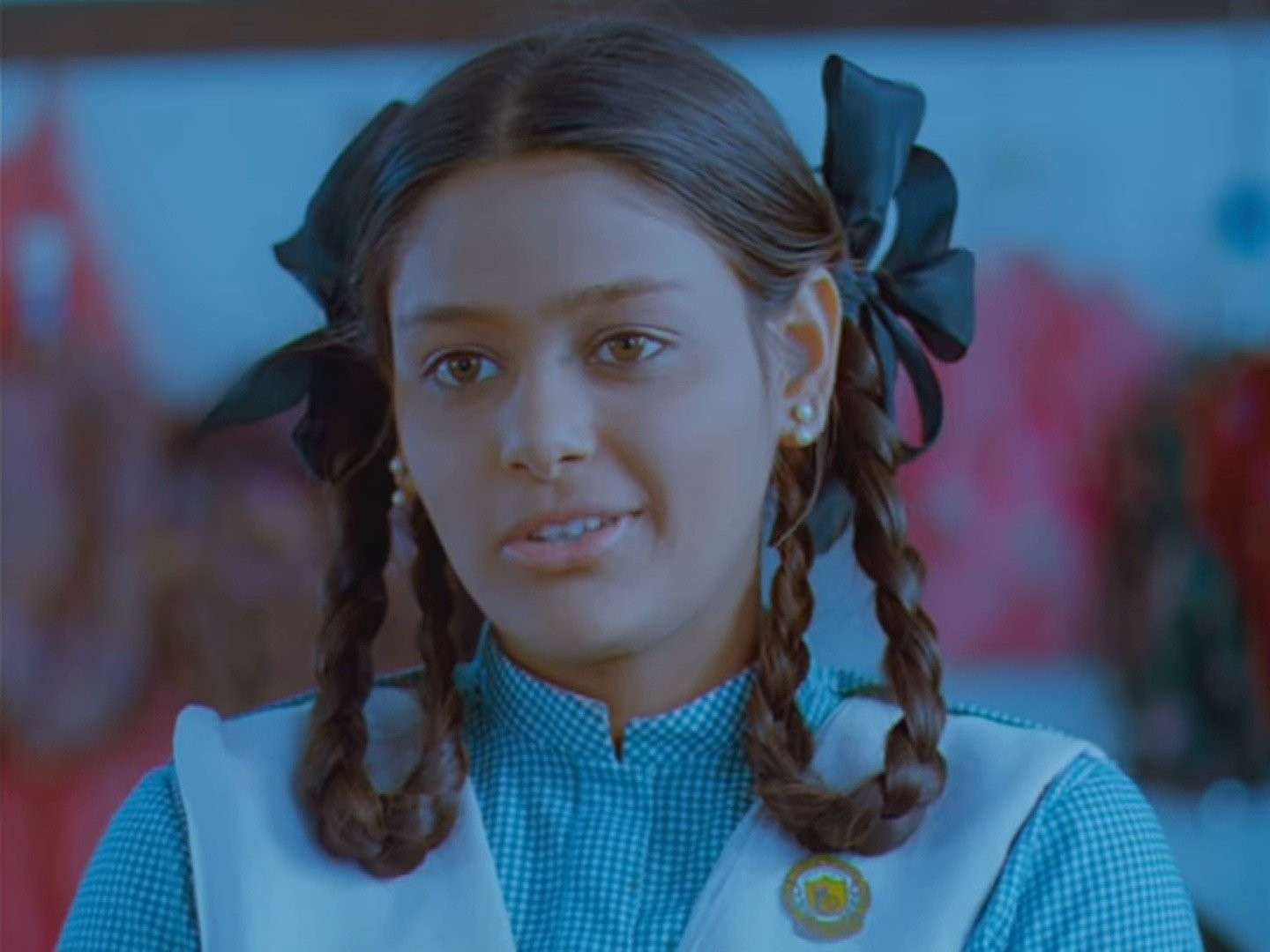In the 1995 Hindi film Naseem, Mirza opens his tale of urban history with a simple question: “Dadajan, what does Naseem mean?” This incessant yearning to know the plethora of undulating political questions, perhaps, tends to complicate this innocent question. But, it is only Saeed Akhtar Mirza, the maestro of parallel cinema, who could explicate the forces of the ‘Morning wind’ in his narrative set between June and December 1992, just a few days before the Babri Masjid would be demolished at Ayodhya. Mayuri Kango upholds the role of her audience on screen, an aficionado of the rediscovered art of storytelling.
Extremely dissociated with the expectations of her Science classes, her inquiries repeatedly hover around her history lessons, a need to get hold of the Truth, or, as an African Proverb says, ‘the true tale of hunting that can be only told by the lion.’ Kaifi Azmi, who plays the role of her bedridden grandfather, acts as an orator, reciting aloud tales of his own romantic misadventures and mapping them with the new horizons of the present political climate.
According to Abdul Halim Sharar, Dastangoi is based on the description of ‘razm o bazm’. Complementing both ‘Battle’ and ‘Feast,’ the idea rests on the ruler, portrayed as both the reveler and the figurine who witnesses (and experiences) the knavery, trickery, his embellished courtly life as well as the recurring theme of love and war under his reign. Epics and heroic texts rooted in pre-Islamic Iran have displayed the underplay of a variety of kingly deeds through the medium of Dastangoi. It is in “Naseem” that Mirza has redeployed the playful locus of this form, borrowing tropes from the Panchatantra tradition or Rumi’s Masnavi. The film went on to win the National Award for Best Direction and Best Screenplay, proving the interim beauty with which Mirza presented this gruesome moment in contemporary Indian history.
The first story is a playful one. Dadajan remembers his youth and the friends who were invited to his house for an evening round of cards. His wife enters the courtyard to serve tea, played by Seema Kelkar. She goes on to complain about his Sanskrit-speaking friend. The angry homemaker had apparently been coerced to make some Badam ki Kheer for the latter, but he had vanished from the scene and forgotten about his request. With the anagnorisis comes the conclusion. The said friend immediately joins the act from nowhere, jostling between random Sanskrit words, only to be encountered by Naseem’s grandmother, who offers him a glass of his favorite drink.
As soon as he sips it, he immediately realizes it is an embittered glass full of notoriety. Thus, from the very beginning, Mirza arouses a woebegone attachment to the community, a feature carried forward by Naseem, who regularly visits the local corner shop to see the children of the Hindu lady shopkeeper. An hour into the movie, we find the latter is killed by her staunch husband for not ‘giving’ him any male progeny. Mirza’s understanding of the dilemma between Hindu and Islamic personal laws is highlighted in this murderous twist to Naseem’s pleasant childhood.

The subliminal art of storytelling doesn’t merely serve the master narrative. It is also a lively way to redefine one’s ‘core cultural parables’ (Reich). The idea of rhetorical augmentation in any persuasive discourse advances the potential of political storytelling. But, it is with fictional meaningfulness and its craftsmanship that Mirza weaves a radical tale of a 15-year-old schoolgirl who is refused her share of freedom in modernized India, noticeably different from pre-independence Agra, a reality that she could only imagine through the lens of her grandfather. She questions her friend Zoya when she learns that her father has married elsewhere and that she is leaving her studies to join a parlor under the supervision of Mr. Malhotra. Back home, she is stupefied by her mother’s reply:
“Why do men marry twice, Ammi?”
“They just do it.”
On the eve of her exam, Naseem learns by heart the birth years of the freedom fighters Tantiya Tope, Mahatma Gandhi, Bal Gangadhar Tilak, and Subhas Chandra Bose. Her grandfather opens up her horizons and gladly pursues, “Humlog bhi toh the” (“We were also fighting”). The fact that he tactfully merges the populist historical fragments with the unheeded oral narratives of millions of Indians helps in propagating a uniqueness to his tale. He humorously adds two endings. In the first, his friend perishes due to the Englishman’s bullet during the 1948 curfew, whereas in the second, his friend chases away the cavalryman with burning fireworks. The panorama of optimism in the prevalent darkness of the communally charged climate is shown again during the December 1992 episode. Kay Kay Menon, playing an idealist avenger of violence on Muslims, recites Mir Taqi Mir’s famous sher:
“Ibtida-e-ishq hai rota hai kya
Aage aage dekhiye hota hai kya…
Sabz hoti hi nahi yeh sar zameen
Turkm-e-khwahish dil mein tu bota hai kya”
(“It’s only the beginning of love, why do you groan so?
O, wait and see what happens as you move onward.
Never will it sprout, the valley of my heart,
Why sow this seed of desire in the barren soil?”)
These melancholic verses are warned by Mirza against overinterpretation, for “Naseem” means the wind of the dawn. Even under the show cause notices, the strikes, the violent mobs, and lynching, Mirza undertakes the task of reviewing colonial tendencies under the aegis of the Babri demolition spree. Even the newspaper takes on the garb of a character, contrasting ‘reportage’ to a ‘shock medium.’ It ends with the grandfather on his deathbed, showing Naseem how the sky changes from blue to yellow according to one’s mood. As Naseem laughs at her grandfather’s distortion of ‘facts,’ Mirza reminds us:
“What matters is that you smiled in the end.”


![Posham Pa [2019] Zee5 Review – An unsatisfactory real-life documentation](https://79468c92.delivery.rocketcdn.me/wp-content/uploads/2019/09/Posham-Pa-Zee5-768x432.jpg)




